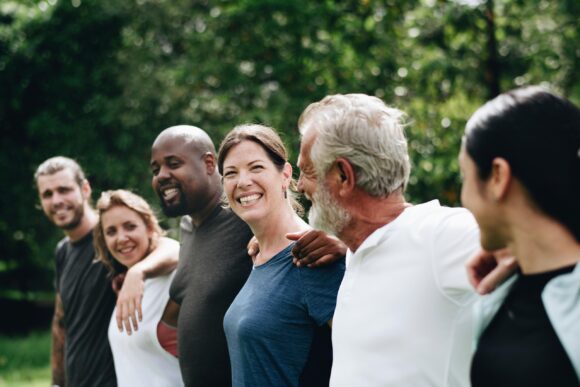Physical barriers and structures to prevent suicide
Physical barriers are one of the most effective means of preventing suicides on bridges and other high structures.
Tall structures pose suicide risk
Tall structures are particularly risky for suicide because they provide easy access to a highly lethal method. Jumping from a significant height has a very high fatality rate, and survival—if it occurs—often results in devastating injuries. These locations are often easily accessible and may lack adequate barriers or monitoring, increasing the risk that someone in acute crisis can act on an impulse without obstruction. Suicidal crises are often brief, and the presence of a tall structure can turn a fleeting moment of despair into a fatal decision simply because the means are readily available. Additionally, some individuals are drawn to these sites because of their symbolic or dramatic nature, and media coverage of suicides at these locations can unintentionally contribute to contagion. Suicides from tall structures also tend to occur in public spaces, which can cause significant trauma for bystanders, first responders, and the surrounding community. For all these reasons, tall structures represent a serious concern in suicide prevention.
Over 90% of people stopped at high-risk locations do not attempt suicide elsewhere.
Barriers Work
Barriers are an evidence-based, highly effective method for preventing suicide by jumping from high places. Several examples include:
- Golden Gate Bridge: Net barrier = fewer attempts
- Cornell: significant reduction in suicides after nets
- Natchez Trace Bridge: Temporary fence reduced loss
- Sunshine Skyway: Tall barriers reduced suicides
- Clifton Bridge UK: Local rates declined
- Temporary Structure Washington Avenue: Known prevention of at least 5 suicides
Coalition for Suicide Prevention in Public Infrastructure (CSPPI)
CSPPI is a national coalition led by suicide loss survivors and family members who lost loved ones to suicide from tall public structures. Founded by M.J. Weiss Blair and Trish Merelo, in partnership with SAVE, this effort began with community-based advocacy for barriers and is now a national movement.
The Vision
- Federal Barriers to Suicide Act (H.R. 3505)
- National evaluation of barrier effectiveness
- Local/state policy integration
- Funding embedded in capital plans
Immediate Goals
- Local, state and federal advocacy and policy changes
- Public awareness campaigns
- Local/state/national funding
- Mobilize to pass the Barriers to Suicide Act
How you can help:
- Add Your Organization to the Coalition: Join a growing national network committed to infrastructure safety. Complete the form here.
- Help Us Raise $25,000: Support travel, advocacy, and communications for national impact.
- Spread the Word: Use social media, newsletters, and events to share our mission.
- Become a Partner: Engage policymakers, share expertise, or support outreach.
- Bring CSPPI to Your Community: We’ll help you advocate for safety on high-risk structures locally. Contact:

Connect to SAVE lives
We believe in the power of connection to create positive change. Whether you’re interested in volunteering, donating, or simply learning more about our mission, we invite you to get in touch.